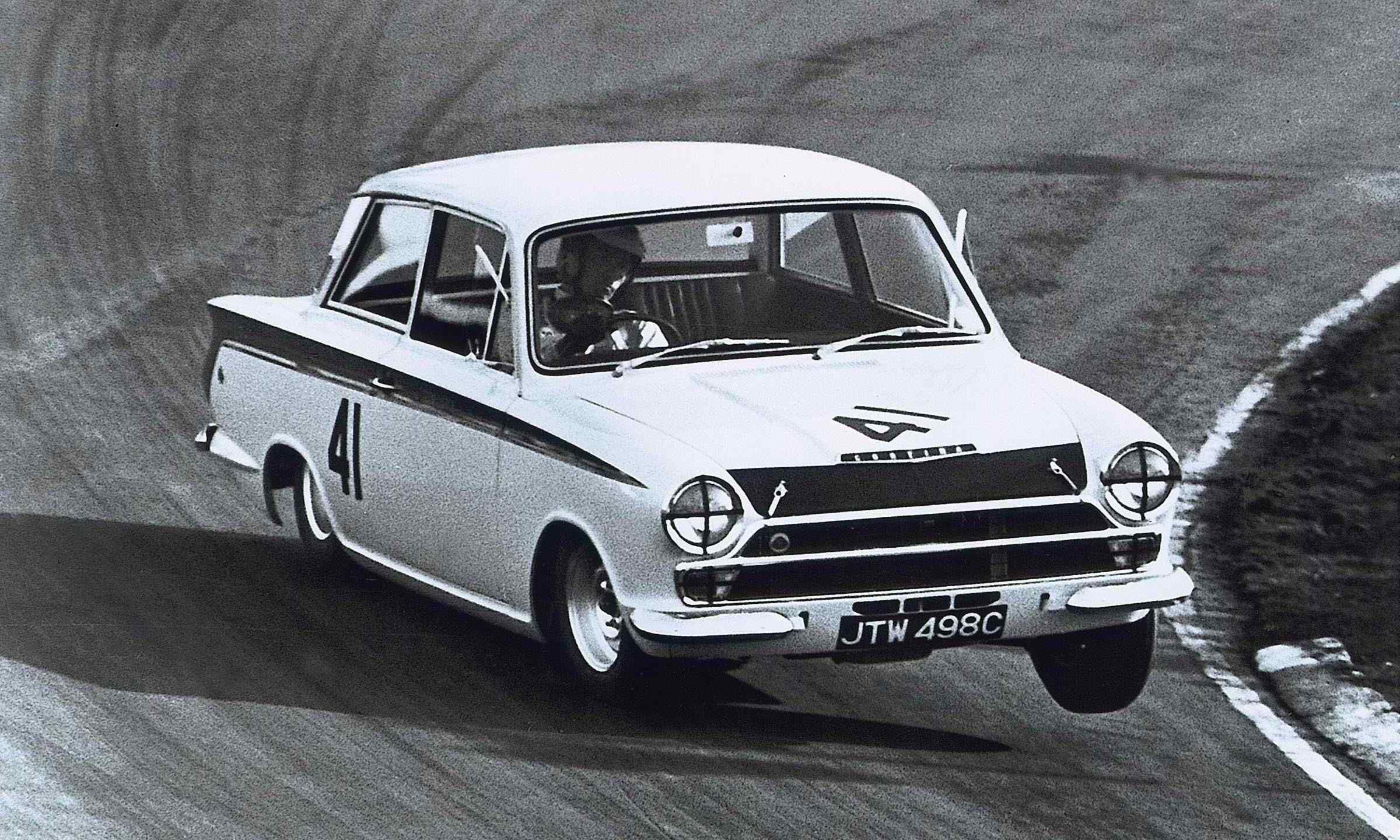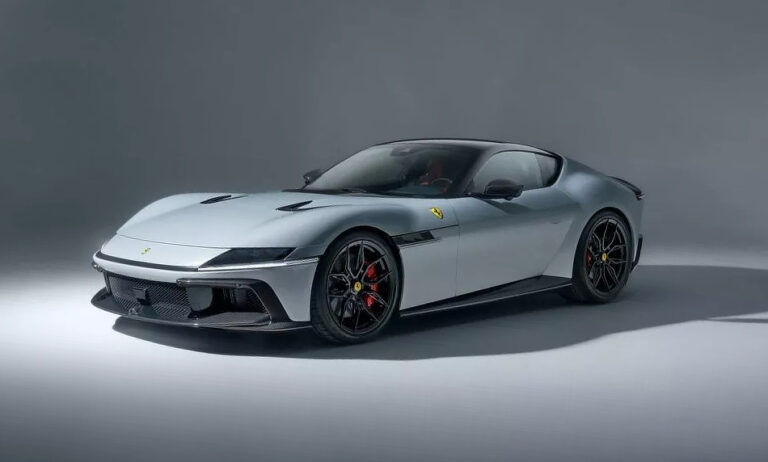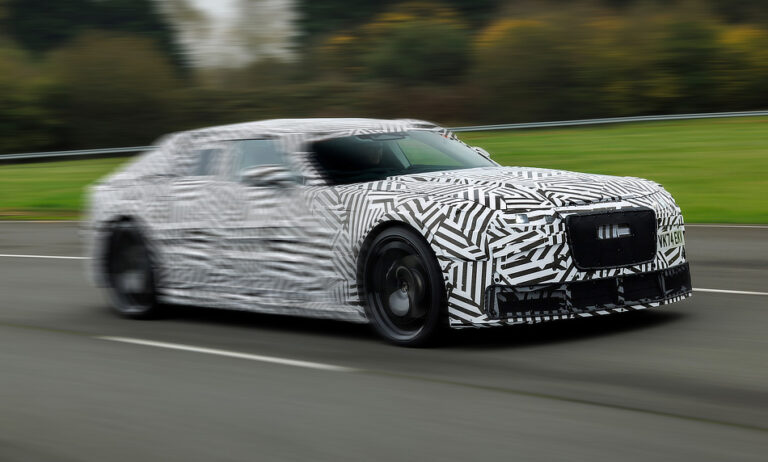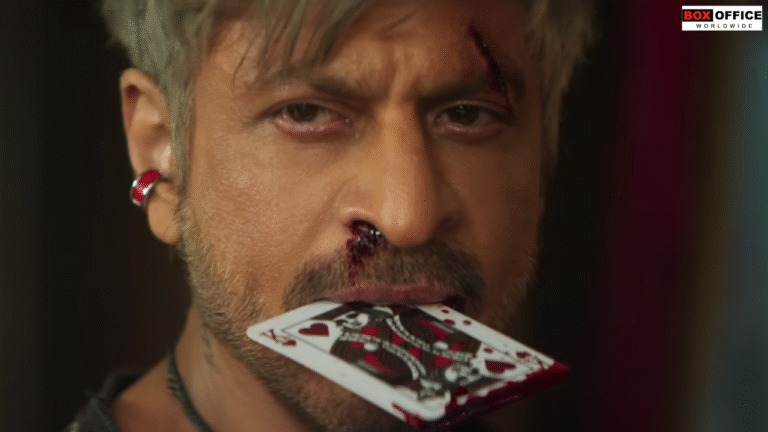
Racing legend and F1 commentator Graham Duxbury takes a closer look at the legacy of F1’s true all-rounders.
Max Verstappen’s recent triumph at the Nürburgring in a GT3 car has reignited the debate about the value of versatility in motorsport. Many hailed the victory as further proof that Verstappen is not only Formula One’s dominant force but also a driver capable of excelling beyond the narrow confines of a Grand Prix car. While his adaptability is impressive – and his desire to compete in endurance events is inspiring – history reminds us that true all-rounders once defined an era of racing. In those days, the best drivers didn’t just master one form of the sport; they mastered them all.
Follow Double Apex on Instagram and Facebook where we share more car content.
The Complete Racing Driver
In the 1950s and 1960s, Stirling Moss and Jim Clark epitomised the concept of the complete racing driver. Moss, often described as the greatest all-rounder of them all, was the archetype. He would race almost anything with wheels – F1 cars, sportscars, touring cars, saloon cars and rally cars – often in the same week, sometimes even on the same day. Between 1948 and 1962, Moss competed in more than 500 events. As a result he amassed victories in 212 official races across several motorsport disciplines and in an astonishing range of machinery. While Moss’ record includes 16 F1 Grand Prix wins, it was outside the F1 paddock that his legend grew.
Moss’s triumph in the 1955 Mille Miglia, a 1 000-mile open-road race across Italy, remains one of motorsport’s most extraordinary feats. This victory alone embodied the qualities of a true all-rounder – courage, adaptability, mechanical sympathy and supreme concentration. Moss also won endurance races such as Le Mans and Sebring. He drove front- and rear-engined cars with equal flair. He could transition from a lightweight Lotus to a heavy Jaguar saloon without missing a beat.
Jimmy Clark
A few years later, Jim Clark would redefine versatility in his own quiet, unassuming way. Clark’s natural car control was phenomenal. His ability earned him comparisons to artists rather than athletes. As a two-time F1 World Drivers’ Champion (1963 and 1965) and winner of 25 GPs, Clark’s F1 record was remarkable enough. Yet, his achievements beyond F1 elevated his status to greater heights. In 1965, Clark became the first driver in history to win both the F1 World Championship and the Indianapolis 500 in the same year. No other driver has managed to repeat this achievement. This victory showcased Clark’s ability to adapt instantly to new environments.
He also competed in the British Touring Car Championship (winning in 1964), in the Tasman Series (which he won three times), and in endurance events including the 24 Hours of Le Mans. His driving was marked by precision and mechanical empathy rather than aggression. Clark proved that versatility was as much about intelligence as raw speed. His career was tragically cut short at Hockenheim in 1968. However, his legacy remains a benchmark for the complete driver – one who could win in anything, anywhere.
A Rare Breed
As the 1970s dawned, Mario Andretti carried the torch of the all-rounder into the modern era. Born in Italy and raised in the United States, Andretti embodied a rare blend of European finesse and American determination. His list of achievements reads like a motorsport encyclopaedia: The 1978 F1 Drivers’ World Championship, four IndyCar titles, the 1969 Indianapolis 500 and victories in Daytona 500 (NASCAR) and the 24 Hours of Daytona (sportscars).
Few drivers in history have crossed as many competitive borders as Andretti. He mastered front-engine roadsters, rear-engine open-wheelers, turbocharged F1 cars, and stock cars – all during an era when switching disciplines often required an entirely different driving style. His 1978 F1 title with Lotus, achieved with Colin Chapman’s revolutionary ground-effect car, cemented his reputation as one of the most adaptable racers.
The Latest
In this light, Verstappen’s GT3 outing at the Nürburgring was a rare modern example of a top F1 driver venturing beyond the strict confines of the championship calendar. Today’s F1 stars are typically bound by exclusive contracts and safety concerns that prevent them from racing elsewhere. The modern racing landscape – with its packed schedules, simulator commitments and commercial pressures – has made the all-rounder a disappearing breed. In this context, Verstappen’s foray into GT3 is a nod to a golden age when the best drivers were not defined by a single category, but by their ability to conquer them all.






